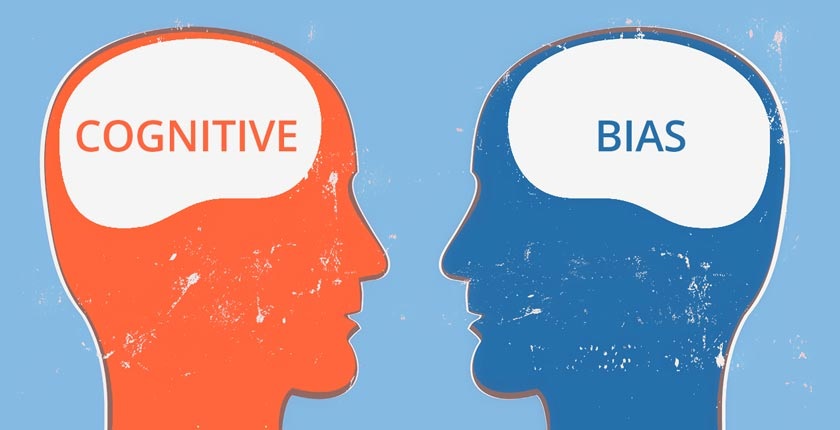Critical thinking helps us make good choices. It helps to see facts and think clearly. Human brains often take shortcuts. These can mislead judgment. Shortcuts can confuse and block clear thinking. Biases work without us knowing. They affect our choices without us realizing it. They are part of daily thoughts and choices. Knowing is the first step to handling these blinders. Seeing common biases helps with reasoning and solving problems. This helps people make better decisions. Cognitive blinders impact decisions in personal, professional, and societal areas. They do this in a subtle and ongoing way.
Believing what you want to believe.
Confirmation bias leads people to prefer information that matches their beliefs. People often ignore evidence that goes against their views. This bias can strengthen stereotypes and narrow viewpoints over time. A single overlooked fact can change strong conclusions. It makes echo chambers in thinking and discussion. Awareness helps people look for evidence that goes against their beliefs. Fact-checking and open talks lessen this bias. Critical thinkers question assumptions. They do not just accept easy answers. Managing confirmation bias helps make better decisions. It also promotes honesty in thinking.
Anchoring bias is a common error
Anchoring bias happens when first impressions affect decisions too much. First numbers create mental reference points without us realizing it. Decisions rely too much on this initial information. One anchor can change how we see e everything that comes after it. Negotiators, marketers, and analysts can fall into this trap. Awareness helps people think for themselves. It goes beyond first impressions or guesses. Different views and adjustments help avoid depending too much on anchors. Critical thinkers keep checking information. They do not focus on first impressions. Overcoming anchoring bias helps reasoning. It makes it more accurate and fair.
Open Rule of thumb
The availability heuristic makes recent examples seem common. People judge chances based on events they remember well. This can greatly increase risk or mislead probability assessments. A single dramatic story can change opinions quickly, even if the facts say otherwise. Fear or optimism can affect decisions more than the real data. Awareness leads to looking for more information instead of just using memory. Using statistics and different sources helps reduce this bias. Critical thinkers often tell the difference between stories and solid proof. Cutting down the availability heuristic helps make better judgments in life and work.
Final thoughts
Cognitive biases affect judgment. They distort critical thinking often. Common examples include confirmation bias, anchoring, availability heuristic, and overconfidence. A small bias can change results fast. Recognizing and addressing biases helps improve reasoning and decision-making. Awareness helps us ask questions. It makes us look for proof and think deeply. Developing critical thinking skills helps remove mental Barriers to critical thinking. Practicing bias recognition helps improve honesty and problem-solving skills. The mind is a tool for clear thinking, not for quick mistakes. Critical thinkers make better decisions. They evaluate information accurately.




